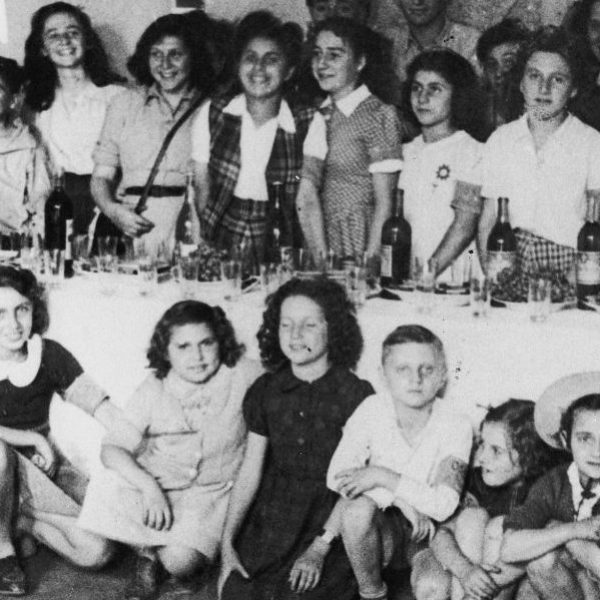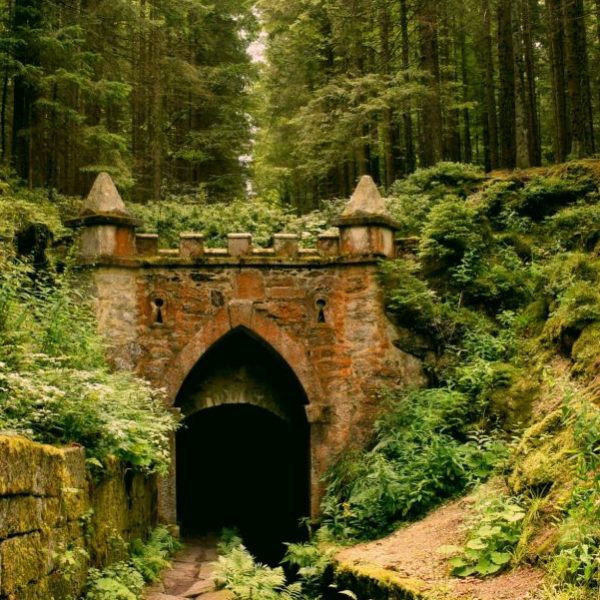Notes from a Native New Yorker: A Visit to the Jewish Museum
Michelle Stein
 From now until March 27, Harry Houdini (born Ehrich Weiss) takes the stage at the Jewish Museum on the Upper East Side with Houdini: Art and Magic. The museum was crowded with visitors, much like Houdini’s performances. The exhibition looks both at Houdini and his craft, as well as at the art that has been created around the mythology and legacy of Houdini (the companion catalogue, edited by Brooke Kamin Rapaport, offers more detailed information while maintaining the structure of the exhibition). Houdini himself used the visual arts to promote his work. He created lithographic posters for shows, and many of his feats were captured on film. These works enabled Houdini to present a face to the public and fans. But just as illuminating are the works by contemporary artists which reference and appropriate Houdini to create new ideas, and their art is interspersed throughout the exhibition. It would seem that Houdini was just as important to his contemporaries as to future artists. While Houdini was performing, his works served as an escape for spectators from the troubles of their time. Houdini’s transformation from an immigrant child who moved frequently to a world famous performer also suggests that he might have served as a reference point for other Jews and immigrants working to assimilate into American society.
From now until March 27, Harry Houdini (born Ehrich Weiss) takes the stage at the Jewish Museum on the Upper East Side with Houdini: Art and Magic. The museum was crowded with visitors, much like Houdini’s performances. The exhibition looks both at Houdini and his craft, as well as at the art that has been created around the mythology and legacy of Houdini (the companion catalogue, edited by Brooke Kamin Rapaport, offers more detailed information while maintaining the structure of the exhibition). Houdini himself used the visual arts to promote his work. He created lithographic posters for shows, and many of his feats were captured on film. These works enabled Houdini to present a face to the public and fans. But just as illuminating are the works by contemporary artists which reference and appropriate Houdini to create new ideas, and their art is interspersed throughout the exhibition. It would seem that Houdini was just as important to his contemporaries as to future artists. While Houdini was performing, his works served as an escape for spectators from the troubles of their time. Houdini’s transformation from an immigrant child who moved frequently to a world famous performer also suggests that he might have served as a reference point for other Jews and immigrants working to assimilate into American society.
In the contemporary art world, Houdini has become a major reference point for a wide variety of artists in different forms. Sometimes the reference is as clear as a depiction of Houdini, while in other pieces it is his feats that are used for new artistic purposes. The famous contemporary artist Matthew Barney has an entire installation in the exhibition, The Ehrich Weiss Suite. It includes pieces from his Cremaster cycle, a series of five films that were created from 1994 to 2002. The films cover a wide variety of themes and questions, and interweave many different cultural and historical references, including famous figures like Houdini, as played by Norman Mailer in Cremaster 2, and by Matthew Barney in Cremaster 5. The installation at the museum, in a room that can only be entered by glass door, includes seven pigeons that roam around an acrylic coffin.
 Another contemporary artist, Petah Coyne, whose work “Everything That Rises Must Converge” is on display at Mass MoCA until April, created a hanging sculpture from shredded cars made while she was reading both a great deal about Houdini and World War Two. The audio guide included Petah Coyne’s description of the links between art and magic (similarly referenced in the exhibition’s title), and both disciplines’ connections to transformation.
Another contemporary artist, Petah Coyne, whose work “Everything That Rises Must Converge” is on display at Mass MoCA until April, created a hanging sculpture from shredded cars made while she was reading both a great deal about Houdini and World War Two. The audio guide included Petah Coyne’s description of the links between art and magic (similarly referenced in the exhibition’s title), and both disciplines’ connections to transformation.
This only scrapes the surface of the works by contemporary artists in the show, but in honor of Women’s History Month, it is worth moving on to mentioning an exhibition upstairs, “Maira Kalman: Various Illuminations (of a Crazy World)“. Maira Kalman is an artist and illustrator whose work includes the illustrated edition of The Elements of Style and the New Yorkistan cover for The New Yorker. The exhibition at the museum offered a glimpse into her work and working process. Kalman uses her drawing as a continuing way to see and track the world. Seeing some illustrations I was already familiar with up close, and to branch out to view more of her work was a wonderful experience. While the Houdini exhibition provided a look at larger than life magic and the art spun from it, Kalman’s works offered a magic all their own.
Michelle Stein is a former Yale Press intern and recent Vassar College graduate. She lives on the Upper West Side in New York.

























